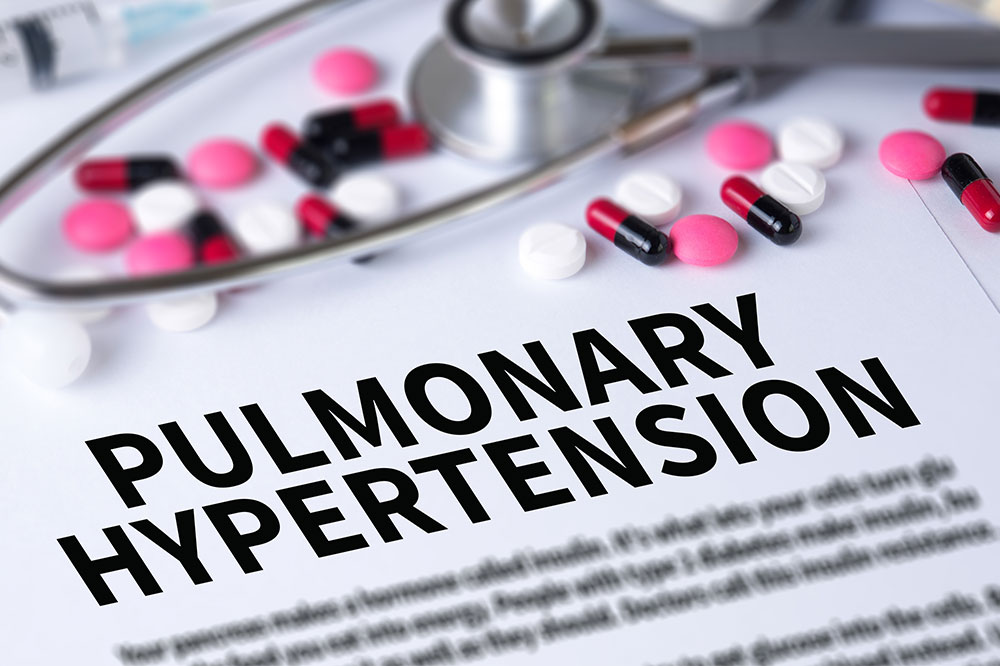
6 Facts on Pulmonary Arterial Hypertension
You would be surprised to know that one in three adults in the country suffers from hypertension or high blood pressure. When one has high blood pressure, it can lead to many diseases, mainly of the heart. Pulmonary Arterial Hypertension (PAH) is a rare condition caused by high blood pressure in the lungs. Though uncommon, it is chronic, progressive and can lead to severe complications. Here are six important facts about the condition.
6 Vital Things to Know about Pulmonary Arterial Hypertension
1. PAH is a rare and progressive condition
It is estimated that about fifty to a hundred people in a million may have PAH. Since there is no cure for PAH now, a person’s condition only worsens. Doctors currently treat patients with the goal of managing symptoms and improving their quality of life as the disease progresses.
2. Changes in blood vessels lead to PAH
If the blood pressure in the arteries on the right side of your heart is 25mmHG or more, doctors diagnose the condition as PAH. The disease starts with the shrinking and constriction of the arteries, causing changes in the artery walls. The space for the blood to flow reduces, and the blood pressure on the wall keeps rising. The right side of our heart is unable to pump out the blood in such high pressure.
3. Women are at higher risk for PAH when compared to men
Idiopathic and heritable PAH are more common in women than men. Women between the ages of 30 and 60 are at a higher risk, and initial research links the possible role of estrogen, change in hormones during pregnancy and menopause.
4. Not easy to diagnose PAH
PAH starts with mild symptoms like exhaustion and breathing troubles. Patients may go for treatment with their physician and approach a specialist only if the symptoms worsen or they are referred to a pulmonologist. On average, PAH is diagnosed only after a year from the time of initial symptoms.
5. Pregnancy may be difficult for women with PAH
Doctors advise women with PAH to avoid getting pregnant as it may add more stress to the heart. Women with PAH should also avoid contraceptives that contain estrogen and use other methods to avoid pregnancy.
6. New findings improve the scope of life expectancy after diagnosis
In the early 1990s, the survival rate was about 2.5 years. With newer medication and treatment, the average survival rate has increased to about ten years. Many patients have lived up to 20 years from the time of diagnosis of PAH.
Forms of PAH
There are four forms of PAH based on the cause of the condition:
1. Heritable pulmonary arterial hypertension (HPAH) is caused by a mutation in the BMPR2 gene.
2. Idiopathic pulmonary arterial hypertension (IPAH) is hypertension in the lungs without an apparent cause.
3. Associated pulmonary arterial hypertension (APAH) is when the condition is associated with other diseases. For example, if an autoimmune disease causes PAH, doctors would call it associated pulmonary arterial hypertension.
4. Drug-induced pulmonary arterial hypertension is the fourth type. Exposure to certain drugs, such as aminorex and fenfluramine may cause PAH.


